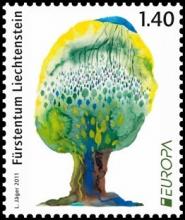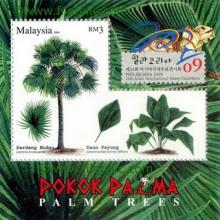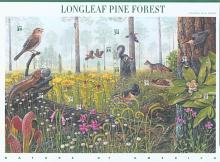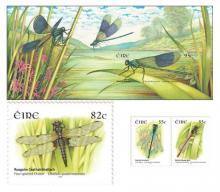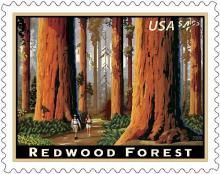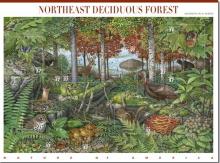Methods to eradicate wood-boring insects usually involve application of imidacloprid through direct trunk injection, soil injection. or soil drench
Between 1985 and 2005, at least 25 exotic species of wood borers were found to have become established in the United States. Due to the lack of both natural enemies and coevolved tree-resistance mechanisms to control these borers, these exotic species may become destructive and uncontrollable invasive tree pests. One example is the European woodwasp, Sirex noctilio (Hymenoptera: Siricidae), which has become a serious pest in each country to which it has been introduced. Another example is the emerald ash borer, Agrilus planipennis (Coleoptera: Buprestidae), discovered in North America in 2002. Methods to control or eradicate wood-boring insects are still being developed, but the newest methods usually involve application of systemic insecticides, such as imidacloprid through direct trunk injection, soil injection, or soil drench. This chemical moves within trees to reach cryptic larvae as well as affecting adults of some species that feed externally. The desired level of control, however, is seldom achieved by this approach due to unpredictable translocation of insecticides within trees and asynchronous larval development, both of which allow many insects to evade treatment. Moreover, chemical insecticides are usually broadly toxic, resulting in risks to non-target organisms and potential groundwater contamination. Many chemical insecticides and formulations require handling by licensed applicators resulting in prohibitive costs.

